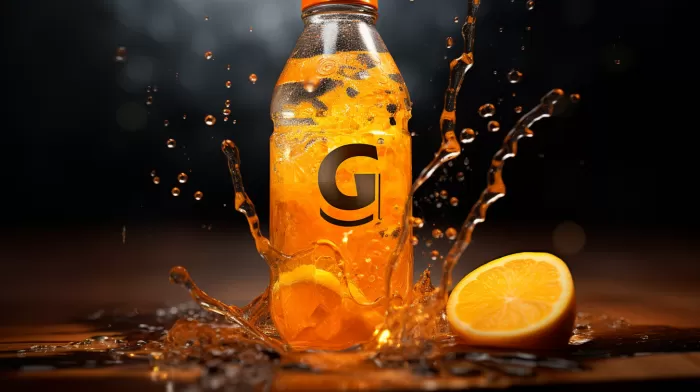Schools across the United States have been struggling with the U.S. Department of Agriculture’s “Smart Snack” rules, a part of the Healthy Hunger-Free Kids Act introduced in 2010. While some schools have chosen to abandon the plan, others are trying to comply with the seemingly nonsensical guidelines.
Ditch Bottled Tea for Gatorade G2?
One of the most peculiar rules is the requirement for schools to replace bottled teas with Gatorade G2 (GG2). Although removing bottled teas filled with sugars and other additives from school menus makes sense, replacing them with a less-than-healthy beverage like GG2 raises some eyebrows.
The Downside of Gatorade G2
So, why is GG2 a poor choice for kids and adults alike? Here are some of the ingredients you’ll find in GG2:
- Splenda: A synthetic sweetener containing sucralose, Splenda can be found in thousands of processed food products. Unfortunately, the human body doesn’t have the enzymes needed to break down the covalently bound chloride found in Splenda. Some common consumer complaints include gastrointestinal issues, seizures and dizziness, blurred vision, allergic reactions, increased blood sugar, and weight gain. Research also shows that sucralose destroys beneficial gut bacteria, killing up to 50% of the helpful bacteria in the intestines.
-
Acesulfame Potassium: A zero-calorie sweetener that’s 200 times sweeter than sugar, acesulfame potassium has been shown to stimulate insulin secretion in a way that could lead to hypoglycemia. Furthermore, studies with lab animals have connected it to lung, breast, and organ tumors, leukemia, and chronic respiratory diseases. Long-term use in humans has resulted in headaches, visual disturbances, mental confusion, nausea, depression, and liver and kidney damage.
-
Monopotassium Phosphate: This additive can create an imbalance of phosphorus and calcium in the body. Too much phosphorus prompts the body to draw calcium out of the bones, which can lead to osteoporosis.
-
FD&C Blue No. 1: Commonly known as blue dye, this ingredient has been linked to allergic reactions and carries a warning label “Caution: Do not consume if sensitive to aspirin.” In 2003, the FDA issued a safety warning concerning its usage following reports of discoloration of the skin, urine, and feces in patients given a feeding solution containing the dye.
Considering these alarming ingredients and their potential side effects, it’s hard to believe GG2 is being promoted under a program meant to promote healthy eating habits for kids.
Alternatives to Unhealthy Beverages
Instead of offering children chemical-laden, potentially harmful beverages like Gatorade G2, schools should consider healthier options. Here are a few suggestions:
- Water: Opt for pure water or, better yet, provide hydration stations where kids can refill their reusable water bottles. This way, schools can help reduce plastic waste too.
-
Unsweetened Tea: Unsweetened iced tea can serve as a refreshing, healthy alternative when water gets boring. There are numerous flavors to choose from like black, green, or herbal teas.
-
Natural Juices: Providing kids with natural, 100% fruit juices with no added sugar is another way to offer variety without the need for artificial and dangerous sweeteners.
Overall, it’s crucial for schools to prioritize the health of their students when choosing beverages and snacks. Offering drinks with harmful ingredients and side effects is doing a disservice to our children’s health. The “Smart Snack” rules need a revision that truly puts students’ well-being first. Healthy kids? It is possible if we make the right choices.



